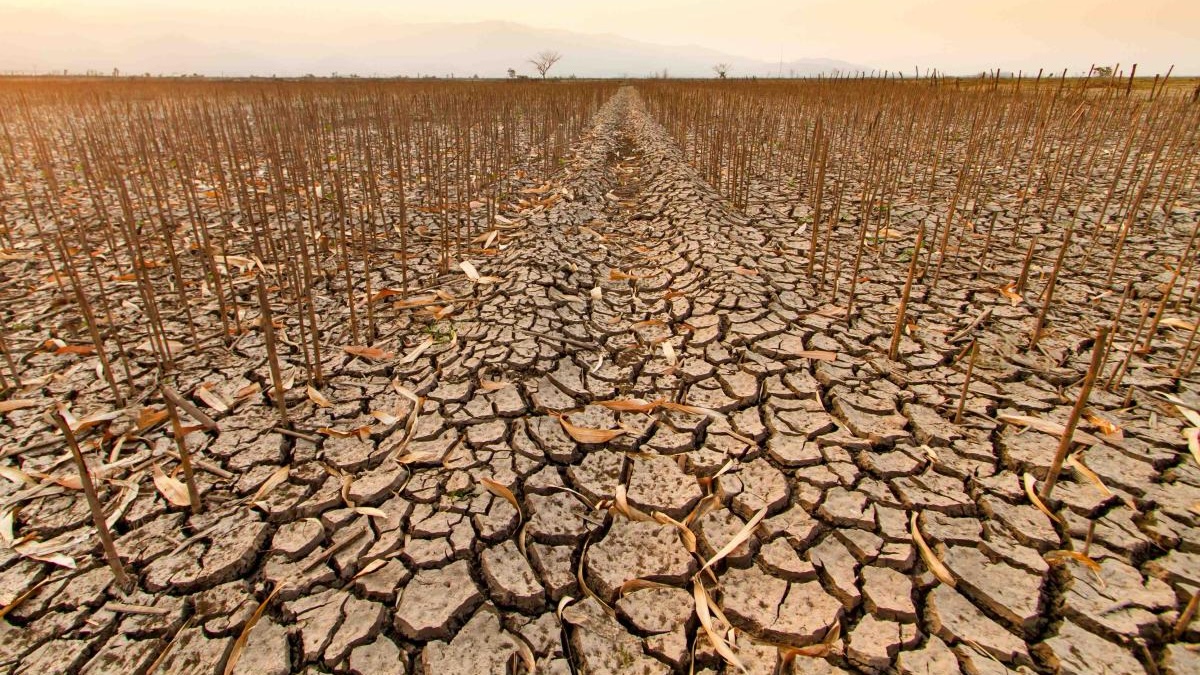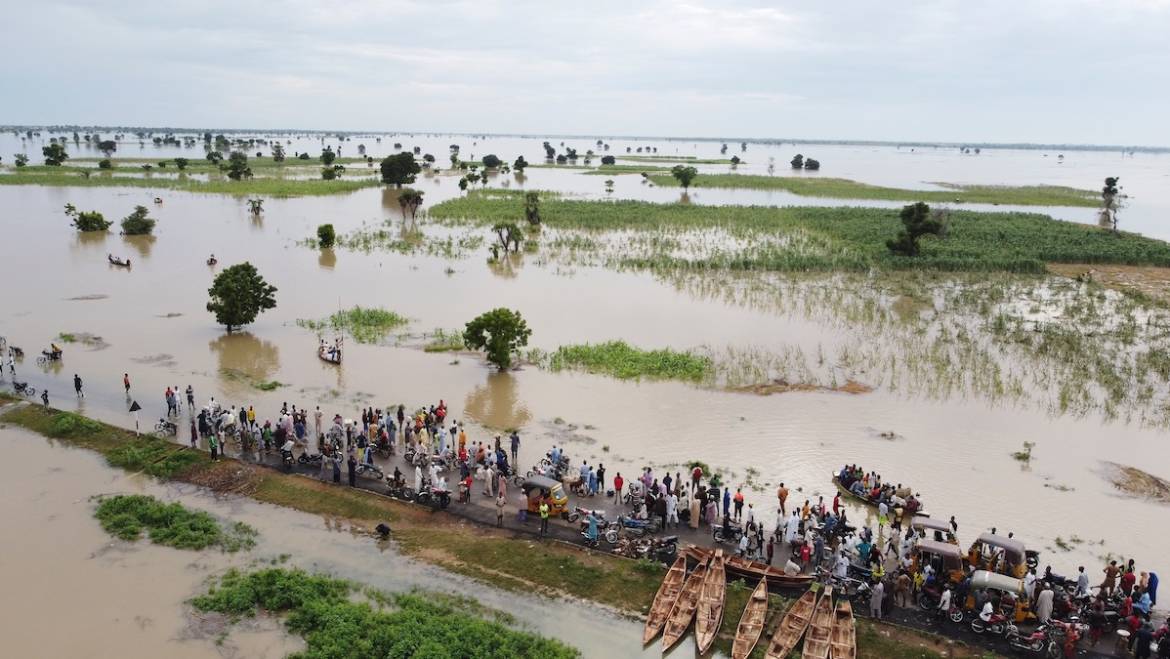Climate Migration: The Silent Crises
As the world battles with the escalating effects of climate change, driven by human overpopulation, a silent crisis is unfolding: millions of people globally are being uprooted from their homes, not by war or political persecution, but by rising seas, devastating droughts, and extreme weather events.
Climate migration is no longer a future concern; it is a current reality that demands global collaboration to protect those displaced by environmental upheaval.
Climate migration refers to the movement of individuals or communities forced to leave their homes because of environmental changes caused or exacerbated by climate change. These environmental changes include sudden-onset disasters, such as floods, wildfires, and hurricanes, as well as slow-onset phenomena such as rising sea levels, prolonged droughts, and desertification.
Unlike economic migrants who move primarily for better opportunities, or refugees fleeing persecution, climate migrants are driven by the direct and indirect impacts of environmental degradation.
It is essential to distinguish between climate migrants and refugees. Refugees are defined under the 1951 Refugee Convention and its 1967 Protocol as individuals fleeing persecution based on race, religion, nationality, membership in a particular social group, or political opinion. This definition does not include those displaced by environmental factors. As a result, many individuals displaced by climate change lack formal legal status or protection, a legal gap leaving millions of people vulnerable and unprotected in the face of increasing climate-related displacement.
Sudden-onset disasters such as floods, wildfires, and hurricanes displace millions of people annually. According to the International Organization for Migration (IOM), over 218 million internal displacements have occurred worldwide over the past decade alone due to sudden-onset weather-related disasters. And this number is rapidly increasing each year.
Slow-onset changes such as rising sea levels and desertification force large communities to migrate when their livelihoods become unsustainable, or their lives put in danger. Resource scarcity exacerbated by climate change leads to competition for water and arable land, resulting in conflicts that further drive migration. Additionally, economic impacts from environmental degradation often push people to move in search of better opportunities.
By the end of 2023, the total number of people living in internal displacement due to slow-onset changes reached a record high of 75.9 million. Of these, 7.7 million were displaced due to disasters.

Climate migration is not a future problem; it is already happening globally on a significant scale. And as the impacts of climate change intensify, the number of people forced to migrate is expected to rise dramatically.
According to recent data from Statista (2023), more than 170 million people may be internally displaced worldwide by 2050 due to slow-onset impacts of climate change.
The World Bank’s 2021 Groundswell Report projects that, by the middle of this century, up to 216 million people could become internal climate migrants across six different regions – Sub-Saharan Africa, South Asia, East Asia & Pacific, North Africa, Latin America, Eastern Europe & Central Asia – if global warming continues on its current trend. Sub-Saharan Africa is expected to see the highest number of internal migrants at an estimated 86 million by 2050.
Most current climate migration occurs within national borders. However, cross-border migrations are also increasing in regions like Central America – Guatemala and Honduras – where droughts drive migration toward the United States. Projections also indicate that low-lying coastal areas such as Pacific Islands will face permanent displacement due to rising sea levels while arid regions like the Sahel will see increased migration driven by desertification and water scarcity.
Small island nations such as Kiribati and Tuvalu are at risk of becoming permanently uninhabitable due to rising sea levels.
In Bangladesh, both sudden-onset disasters such as cyclones, and slow-onset changes like salinity intrusion, drive significant internal migration. Coastal regions experience frequent flooding that destroys homes and agricultural land. As a consequence, urban centres such as Dhaka are becoming overwhelmed with internal migrants seeking refuge from environmental degradation.
In Africa’s Sahel region, prolonged droughts have devastated agricultural livelihoods, leading many communities to migrate either internally or across borders in search of better opportunities. Competition over scarce resources fuels conflicts that further displace populations.
And in the Mekong Delta region in Vietnam, rising sea levels threaten millions who rely on agriculture and fishing for their livelihoods. As saltwater intrusion increases and freshwater resources dwindle due to climate change, communities are forced to migrate inland or seek opportunities in cities, putting strain on urban resources.
The humanitarian implications of increased climate migration are profound. And as a rising number of countries become increasingly obsessed with closing borders to ‘non-nationals’, it is essential that the world develops a strategy for climate migration, a problem that is, ultimately, a further consequence of human overpopulation.

Submitted by Friends of Retha




Add Comment